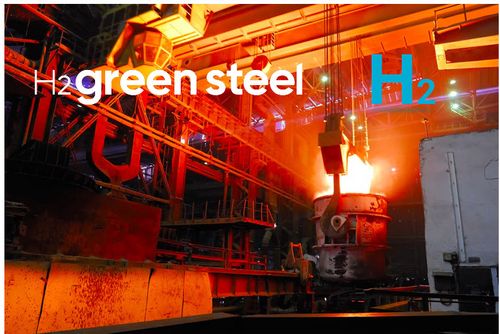US Treasury guidance for clean hydrogen producers to claim the top $3/kg rate of the hydrogen production tax credit could be overly onerous on the fledgling industry, according to responses to reporting on a draft in Politico and Bloomberg.
Reportedly, new rules include requirements that hydrogen be produced from newly created renewables (additionality), as well as geographic correlation and hourly time-matching requirements to qualify for the top rate.
“The proposal suggests that there will be an hourly matching requirement from 2027, making the rules stricter than those in the EU: a surprise to many, and potentially problematic in the eyes of some,” Ben Heininger, a manager at Baringa, said in a statement on LinkedIn. “This will lead to a material increase in costs, given the challenges in procuring firm 24/7 green power – a boon for storage developers no doubt.”
The increase in cost will drive the levelized cost of hydrogen higher and producers will likely have greater concerns over competitiveness for exports, Heininger said.
The 45V tax credit was originally unveiled as part of the Inflation Reduction Act and is split into four rates based on emissions intensity.
Hydrogen project developers and investors worry that stringent 45V rules will put the nascent industry on its back foot, significantly enough to kill projects by increasing the cost of green hydrogen production as the number of hours an electrolyzer can be operational is reduced and the sources of energy from which they can purchase power is limited.





